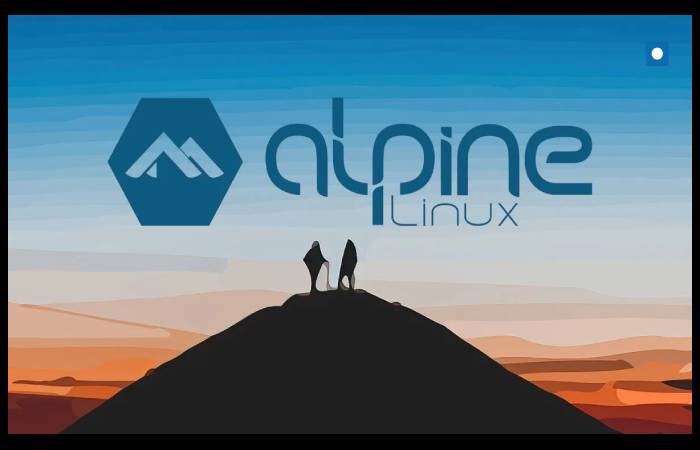Table of Contents
Introduction
Alpine Linux is an insubstantial and security-oriented distribution known for its simplicity, competency, and focus on minimalism.
Philosophy and Design of Alpine Linux:
The philosophy and design values of Alpine Linux center around simplicity, efficiency, and security. Here are the main aspects of Alpine Linux’s philosophy and design:
Minimalism:
- Small Footprint: Alpine prioritizes lightweight design to minimize resource usage.
- No Needless Bloat: The distribution evades needless features and bloat, focusing on providing only vital components for a functional system.
Efficiency:
- Musl libc: Alpine uses the Musl libc application instead of the common GNU C Library (glibc).
- BusyBox: Alpine includes BusyBox, a single binary that comprises a collection of essential Unix utilities.
Security-Oriented:
- Security Patches: Alpine includes security patches, and its maintainers actively monitor vulnerabilities to provide timely updates.
- PaX & grsecurity: The distribution incorporates the PaX and grsecurity patch sets into the kernel to improve security features.
Package Management:
- APK Package Manager: Alpine uses the APK package manager for installation, removal, and upgrades.
- Static Libraries: Packages contain statically linked libraries where possible to lessen dependencies.
Alpine Linux’s philosophy & design prioritize simplicity, efficiency, and security. Therefore, it is well-suited for various use cases, from containerized environments to systems with resource limitations. Moreover, the emphasis on minimalism and security features has contributed to its reputation in the Linux ecosystem.
Security Features of Alpine Linux:
Alpine Linux integrates several security features to boost the overall robustness and protection of the system. Below are some common security features:
- PaX and grsecurity: It includes the PaX and grsecurity patch sets for improving kernel security.
- Stack Smashing Protection (SSP): AL includes features to protect against stack-based buffer overflows.
- Musl libc: The Musl libc implementation intends to focus on security.
Supported Architectures of Alpine Linux:
This Linux is well-known for its versatility and supports a diversity of hardware architectures.
- x86 (32-bit):
It is usually used in traditional systems and a few embedded devices.
- x86_64 (64-bit):
Standard architecture for modern desktops & servers.
- ARMhf (ARM Hard Float):
ARM architecture with hardware floating-point support.
- ARMv7:
ARM architecture version 7 uses are ordinarily in many embedded systems and single-board computers.
- ARMv8 (aarch64):
Architecture version 8, often referred to as ARM64 or aarch64. Its use is commonly in smartphones, servers, and some single-board computers.
- PPC64le (PowerPC 64-bit Little Endian):
With a 64-bit data model, the PowerPC architecture is commonly used in some servers.
- S390x (IBM System z):
IBM System z architecture, often used in mainframes.
Consequently, these supported architectures enable Alpine Linux to run on devices and platforms, making it a versatile choice for various applications, from traditional servers to embedded systems and containerized environments.
Conclusion:
In conclusion, Alpine Linux stands as a remarkable and security-focused distribution, exemplifying the principles of minimalism, efficiency, and versatility. Furthermore, with its lightweight design, incorporation of security features like PaX and grsecurity, and support for various architectures, Alpine has become an ideal choice for containerized environments and systems with resource constraints.
Additionally, its active community, simplicity, and emphasis on security make Alpine Linux a standout solution, chiefly considering modern computing trends such as containerization.
Alpine’s impact spreads beyond its size, influencing security-conscious practices and serving as a testament to the power of focused design in the Linux ecosystem.

